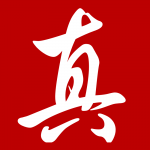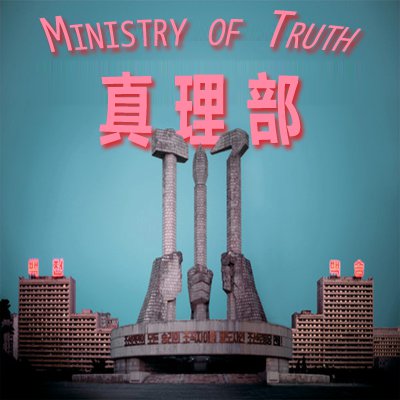This series is a month-by-month recap of censorship instructions issued to the media by government authorities in 2017, and then leaked and distributed online. The names of issuing bodies have been omitted to protect sources.
The single directive obtained by CDT in August after an entirely silent July was another illustration of the sensitivity of natural disasters, in a similar vein to June’s order to delete a report that officials ignored villagers’ warnings ahead of a deadly landslide. After an earthquake in a Tibetan area of Sichuan killed as many as a hundred people on August 8, media were ordered to “use Xinhua News Agency copy as a guide. Use of photos or video that could lead to panic is prohibited. Pay attention to changes in online public opinion and promptly delete harmful information.” This preemptive caution about “changes in online public opinion” follows frequent criticism of official action or inaction either before or after disasters. As Simon Fraser University historian Jeremy Brown told CDT in an interview posted in August:
There is a honeymoon period after a natural disaster where the public assumption is “this was a natural disaster, and it couldn’t have been avoided, and we need help.” So people judge local officials and central government in terms of what kind of assistance comes in and the handling of the aftermath. That honeymoon can be short, depending on how quickly people realise that actually, the severity of a natural disaster, and who’s hit by a natural disaster, depends on the infrastructure around them. So that was why in Sichuan [after the devastating 2008 earthquake], the shoddy schools and the nicely built government buildings became a major part of that story, because of the inequality in how construction projects valued human life. That was what it came down to, and that was why it became such a scandal. And then there was the question of what if human activity triggered the earthquake?
There was a similar issue as early as 1975 with the Zhumadian dam failure: “that’s a typhoon, what can we do? We can’t control that.” But it was a failure of infrastructure triggered by a predictable event. So it’s really hard to separate natural disasters from accidents, because you see the patterns in inequality …. Human decisions really affect who’s affected, who gets hit hard or hit worse by a natural disaster.
[…] The Party’s definition of tufashijian [or “sudden incidents”] includes three things: accidents, natural disasters, and protests, or political disturbances. The Party has decided to put these three things together. […] There’s an automatic assumption by putting those things together that these are threats to the stability of the Communist Party, and so they need to be handled in the same way. […]
I think there’s a recognition by putting natural disasters in the same category as accidents that the Party’s going to be judged based on its handling of it, and that people are going to make the links between infrastructure and casualty patterns. [Source]
This stance has found previous expression in, for example, a directive in May 2013 ordering media to “maintain positive coverage” surrounding the fifth anniversary of the Sichuan quake, adding “do not produce negative or sensational material. Do not produce reflections on so-called aftereffects.” The month before, a 7.0 magnitude quake in Lushan, Sichuan triggered a flurry of instructions to refrain from independent reporting on officials’ promotions amid the relief efforts; to delete an article entitled “More Than 10,000 Long Bitterly for Disaster Relief”; to play down coverage of Red Cross scandals; and to “diligently report on memorial services” and “build an atmosphere suitable to mourning” by holding back commercial advertising. Following severe flooding in Beijing in summer 2012, one directive ordered: “Reduce the volume of reporting on the Beijing flood. Insist on positive reporting. Do not make critical reports or commentary.” Another included a demand that “all media outlets, including central news organizations, must emphasize the power of human compassion over the elements.”









